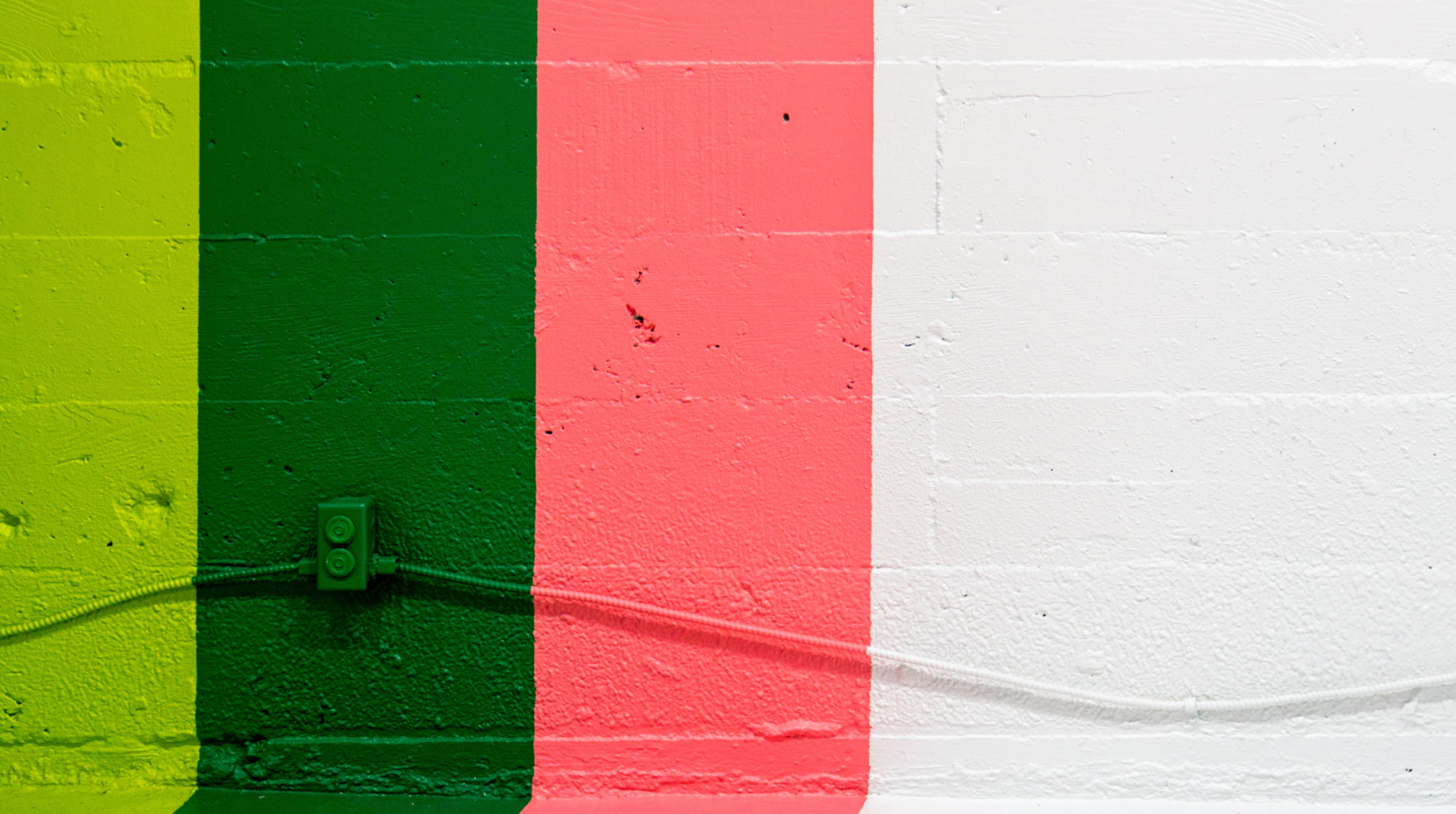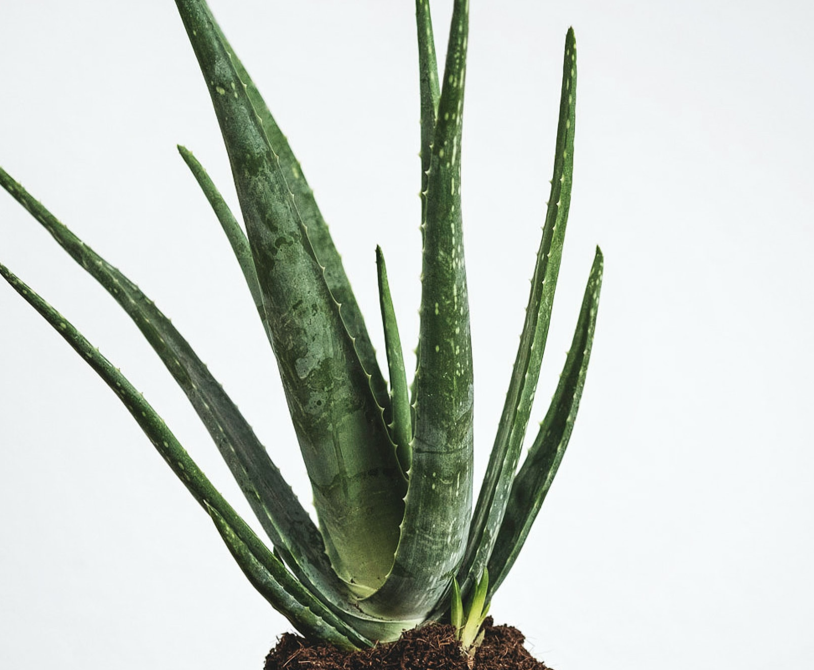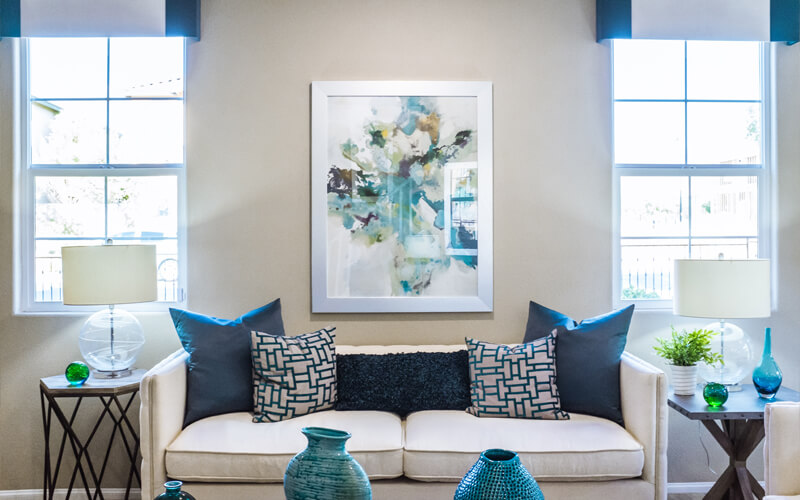The psychology of color
Color has a profound effect on our moods, emotions, and even our behaviors. It is no surprise then that the colors we choose to surround ourselves with can have a significant impact on our mental well-being.
When choosing colors for your walls, it is important to consider the psychological effects that they may have. For example, warm colors like red and orange can stimulate the mind and create a feeling of excitement or energy. Cool colors like blue and green are more calming and can help to reduce stress levels.
Neutral colors like white and beige can create a sense of peace and tranquility. However, too many of these colors can make a space feel sterile or uninviting.
The right mix of colors can create an inviting and welcoming space that promotes relaxation and healing. If you are unsure of what colors to choose, consult with a professional designer or color expert who can help you select the perfect shades for your needs.
How to choose colors for your wall
When it comes to choosing colors for your wall, there are a few things you need to keep in mind. First, you need to decide what mood you want to create in the room. Do you want it to be a relaxing space? A place where you can feel energized? Once you know the mood you want to create, you can start thinking about which colors will help achieve that.
If you’re looking for a calming space, consider using cool tones like blues and greens. If you want something a little more energizing, try using warmer tones like reds and oranges. You can also use neutrals like black and white to create a sense of balance.
Once you’ve decided on the overall tone, you can start picking the colors you want. To begin, look at paint chips or fabric swatches for inspiration. You can also browse online galleries or ask friends for their opinion. When it comes down to it, just go with what feels right for you and your space!
The meaning of different colors
Red:
Red is a very powerful color. It can be associated with passion, love, and anger. It can also signify danger or warning. Red can be a very stimulating color and is often used to grab attention.
Pink:
Pink is generally seen as a feminine color and is often associated with romance, love, and caring. It can also represent delicate or soft-heartedness.
Orange:
Orange is seen as a fun, energetic, and exciting color. It is often associated with strength, vitality, and determination. Orange can also represent warmth and approachability.
Yellow:
Yellow is typically associated with happiness, intelligence, and energy. It can also represent caution or cowardice. Yellow tends to be a very cheerful color that can lighten up any room.
Green:
Green is most commonly associated with nature, growth, life, and safety. It can also symbolize money/wealth or envy/jealousy. Green has calming effects and is often used in hospitals or other places of healing.
Blue: Blue represents trustworthiness, wisdom, loyalty, serenity, and confidence. It can also signify sadness or depression (the “blues”). Blue has calming effects and is often used in bedrooms or other relaxation areas
How to use color to create different moods
Color has the ability to affect our moods and create different atmospheres. It can be used to make a space feel more inviting, and cozy, or even amplifies the feeling of a room. The following are some tips on how to use color to create different moods in your home:
-To make a space feel more inviting and warm, try using earth tones such as yellows, reds, and oranges.
-To make a space feel cozier, try using jewel tones such as greens and blues.
-To make a space feel more calming, try using pastel colors such as pale pink or blue.
-If you want to amp up the feeling of a room, try using bright colors such as lime green or electric blue.




